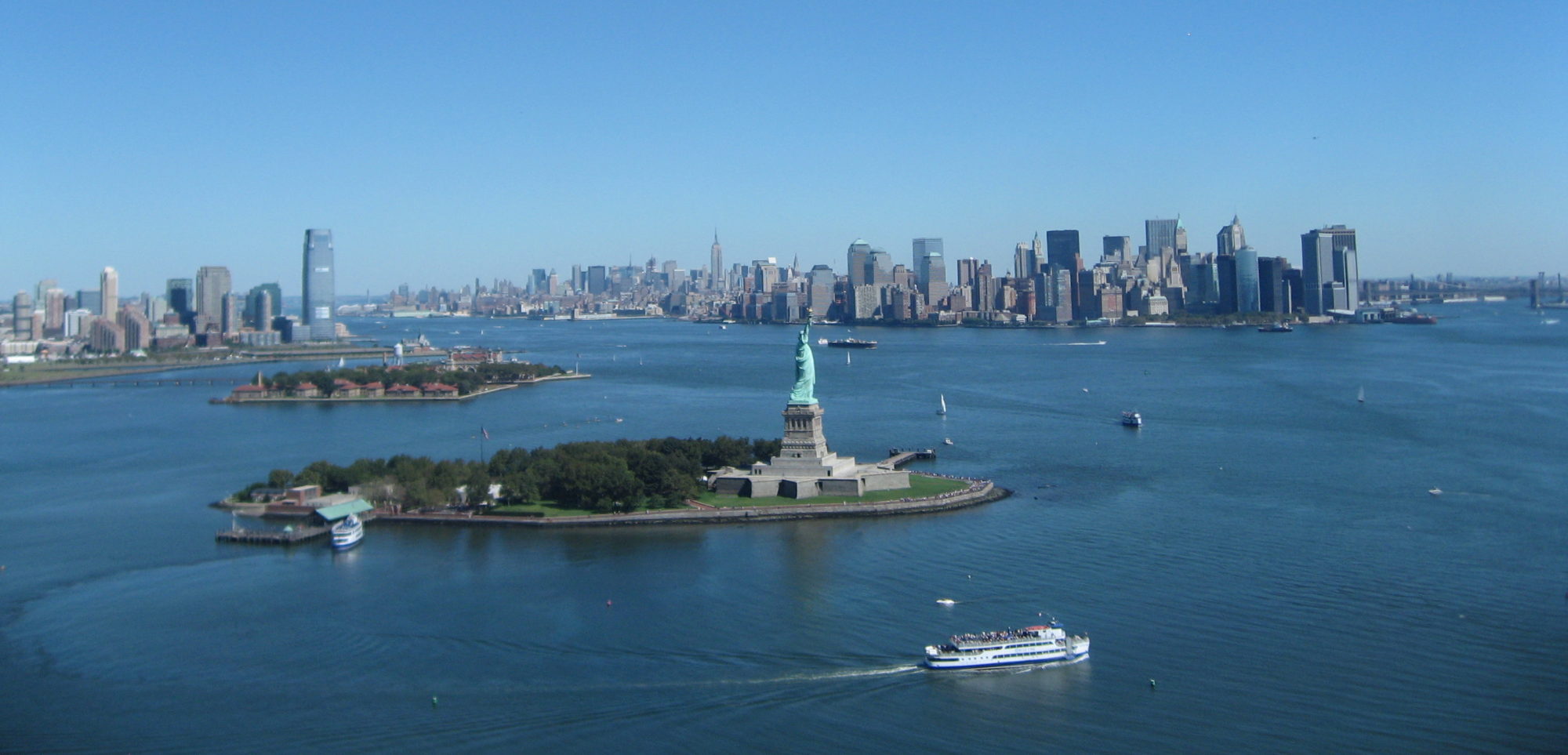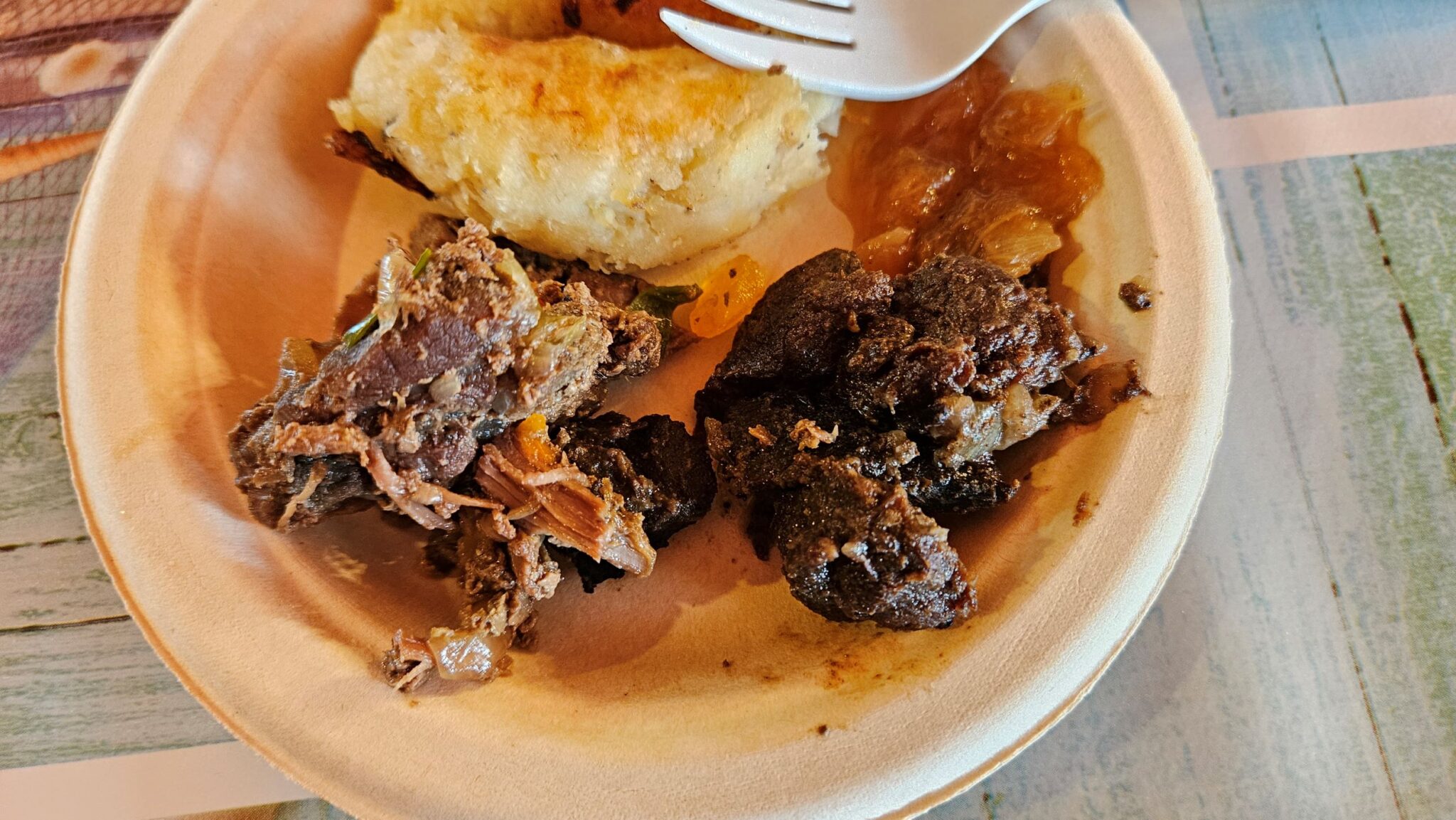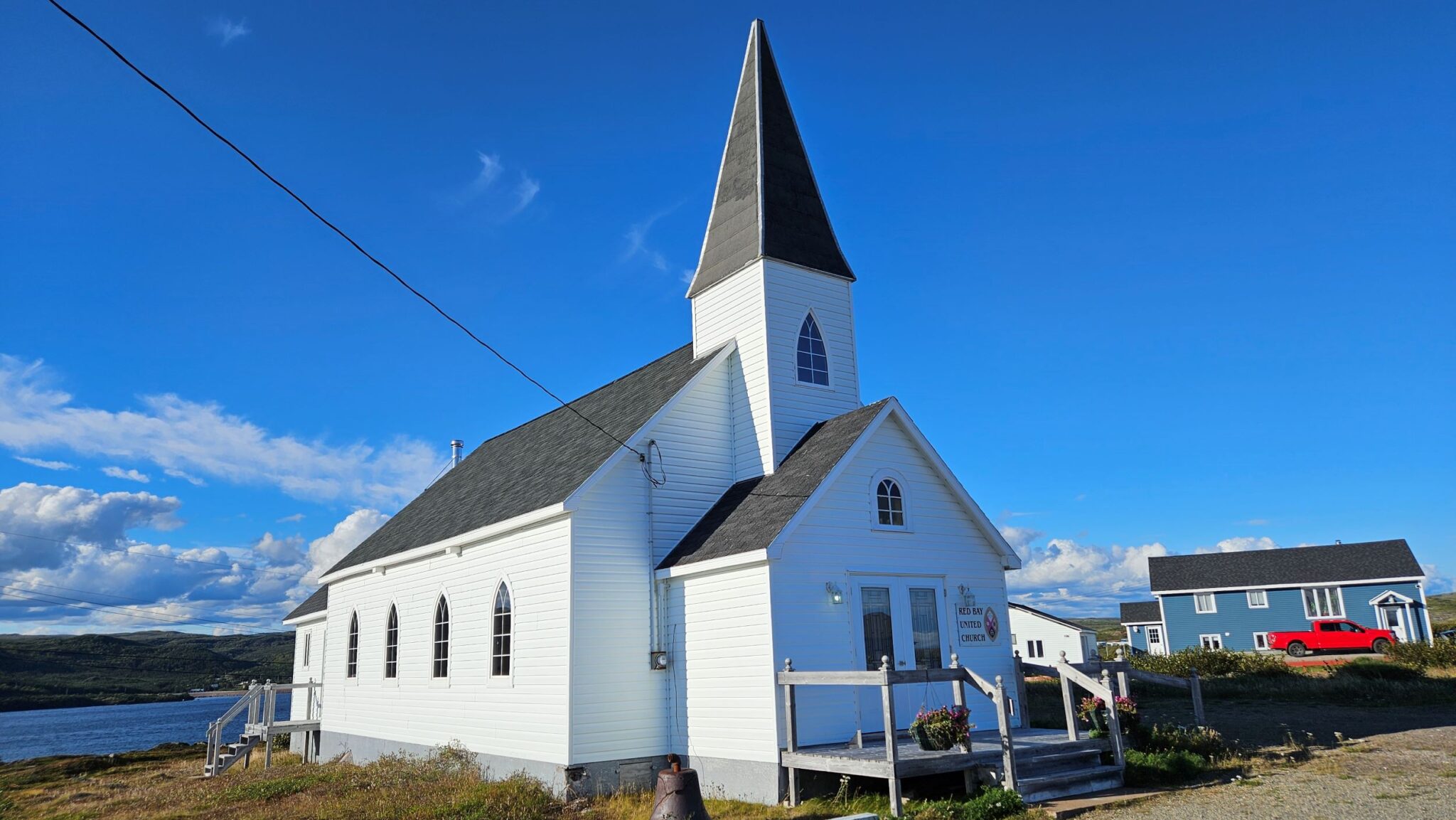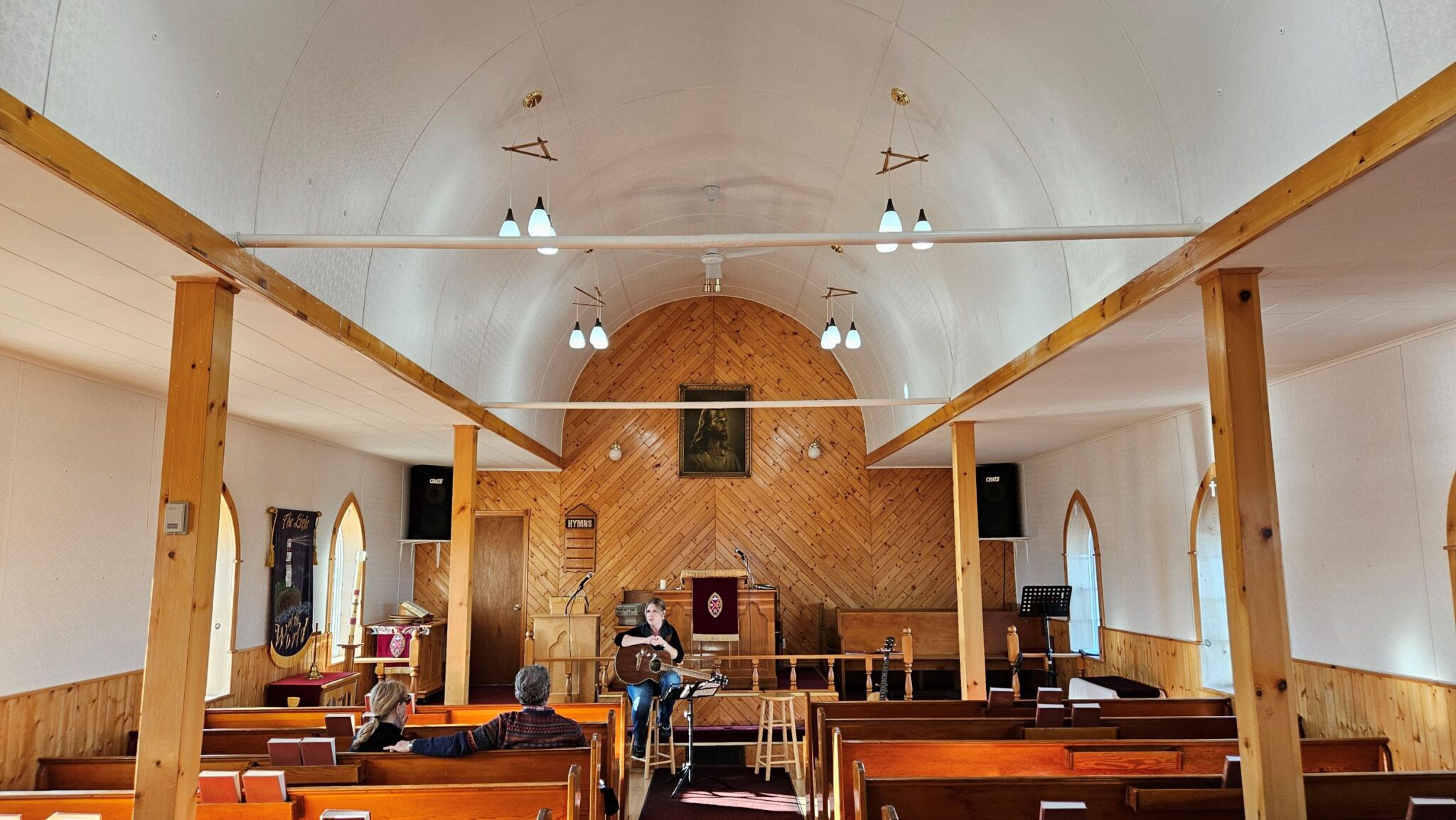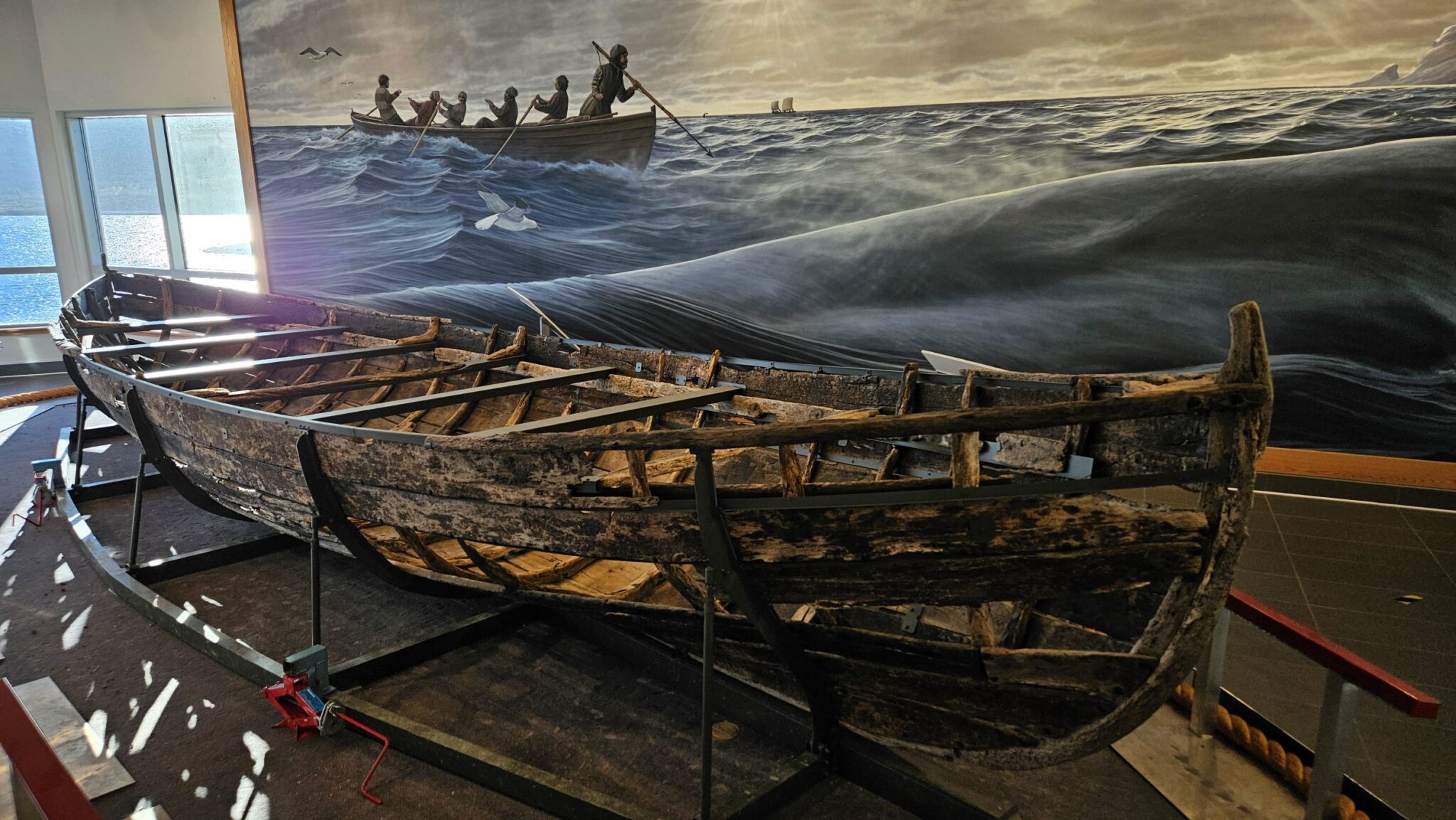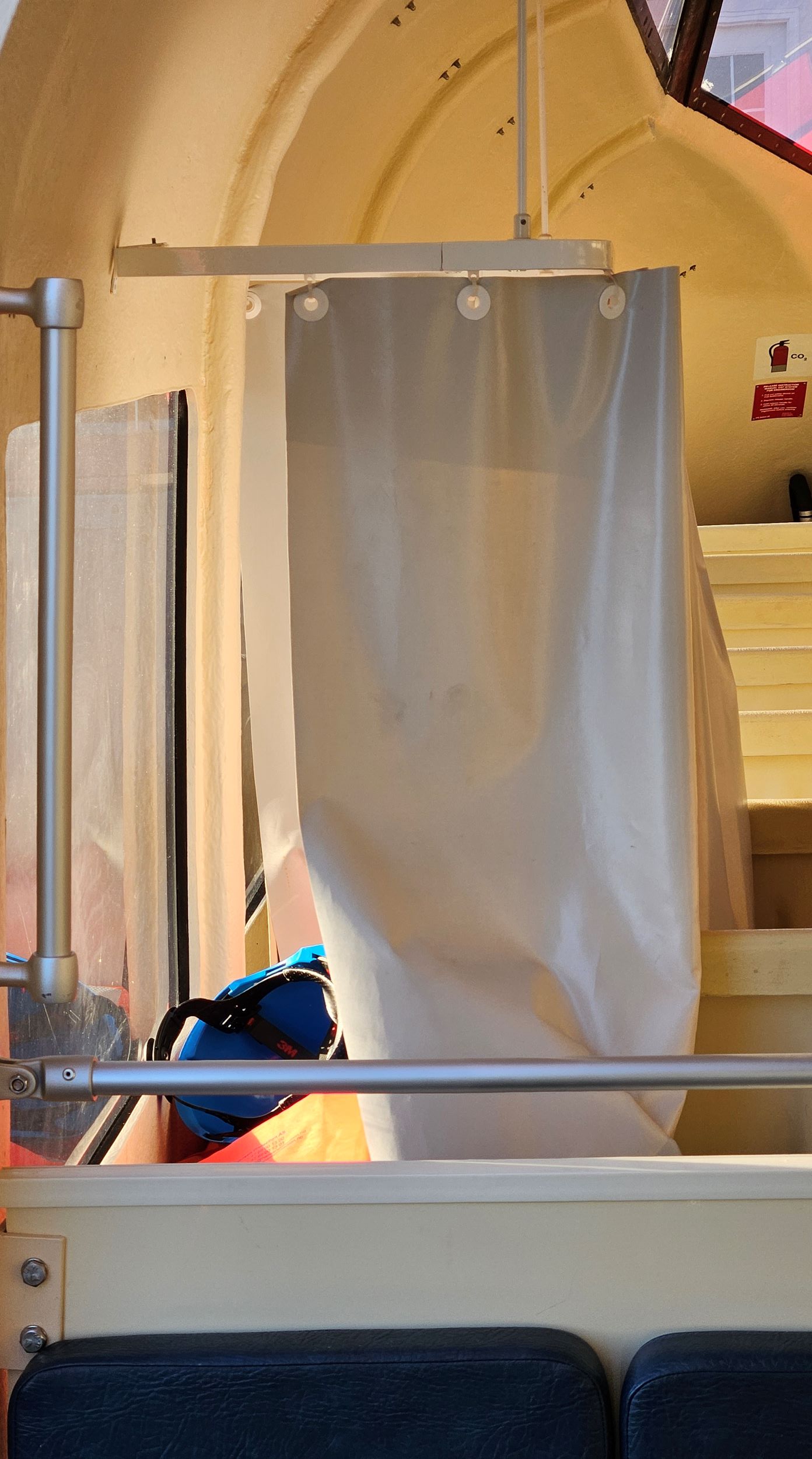11-Sept-24 Red Bay, Newfoundland & Labrador
Still a few bumps in the night early on but much calmer as we approach the coast of Newfoundland & Labrador.
Wake up to bright blue sky to the north. Bit cloudy to the south. Sea on one side is bright blue reflecting the sky. Sea on other white. Like a mirror to the sky above. It’s as though we’re sailing along the dividing line.
Entering the Gulf of St Lawrence late morning you realise that water from the Great Lakes feeds into this through the St Lawrence River. Thousands of miles away.
Mid afternoon by the time we arrive in Red Bay. Shocked by how green everywhere is.
And trees!
Not seen trees since Vancouver. Why? You may ask.
Well.
The treeline in the northern region of Canada is determined by the extent of the permafrost. The onboard scientists show the extent of the permafrost stretching from the west of Canada to the east around the southern side of Hudson Bay. And the tree line follows that boundary. Fascinating insight when shown on a map.
The approaching landscape resembles the Borders of Scotland or Dartmoor. A glorious day. And warm. Between 10C to 15C. Not been this warm since leaving Vancouver. Now about the same latitude as London. No more polar gear.
After lunch I retire to the Deck 10 Explorer Lounge. To catch up on diary. Oh yes, dear reader. Running two books. Blog is what I want you to hear. Diary. Not. You’re all in it. What goes on in the diary. Stays in the diary. Lounge empty as all at lunch still. Except. Some chairs have coats laid out on them. To reserve them. It’s the Germans. Lacking a beach towel…
As we’re in the final few days of the trip temperatures have been fraying a little. No one cares now. They’re going for it. After nearly four weeks at sea. Niggles are rising to the surface. At dinner night before a group of four Brits laughing and joking. Nothing loud. Just normal levels of chatter and laughter. One jokes to another who has left some chips, “It’s illegal to leave a chip on a plate in England!” Cue laughter. Stern German woman on table adjacent turns around and sternly says, “Vell you’re not in England!”
Retired bloke from Shrewsbury got so fed up with the loud Chattering Chinese Couple on table across the aisle he shouted, “Shut the f*** up!”. Immediately followed by his wife shouting at him for being so rude. He’s now on a table about 20ft away from them.
Nice to sit back out of it all. Quietly observing. Pretending to read Kindle.
Transfer to Red Bay is by lifeboat. So no thermal wellies required for a wet landing. No life jackets. Just your normal boots and coats.
Not been in a lifeboat before. Takes some time to lower etc. Glad we’re not sinking. Like a fibreglass bubble. Which can hold about 80ish people. It even has a toilet. Well. I say toilet. What I mean is a shower curtain enclosed space. To save everyone’s blushes. You literally sit next to shower curtain with someone doing their business centimetres away from you. Enough you to make you all shy.
Land at the small dock in Red Bay. Greeted by half the village. Literally. Population only about 120. All here to greet us. Feed us. Show us around. What a warm welcome. Including the mascot. The Red Bay Lighthouse. Someone obviously pulled the short straw.
Quite a lot of history here. Bits of a red clay roof tile were discovered here which led archaeologists to discover that this was originally a Basque whaling station in the 1530s. Red clay roof tiles not being a local thing. Remains of which still exist today. The Basques sailed from Spain and France to hunt whales because at the time whale oil was needed for lighting. In addition to soap, pharmaceuticals, cloth and leather industries.
At its peak, Red Bay was the world’s first industrial whale fishery when 2,500 whalers in the region produced approximately 20,000 barrels of whale oil per year. A major source of wealth for the Basques at the time.
The area includes remains of rendering ovens, cooperages, wharves, temporary living quarters and a cemetery, together with underwater remains of vessels and whale bone deposits. The whaling station was used for about 70 years, before the local whale population became depleted.
Three interesting ‘museums’ in the village highlight the past. One has an original 400 year old ‘chalupa’ whaling boat showcasing the traditional method of construction at the time. One ‘museum’ just for that. Another ‘museum’ provides interesting history and artefacts. Another ‘museum’ houses a 500 year old bowhead whale skeleton. Its flipper skeleton, made up of various finds, is also on display. Over 2m high. Looks like a hand. Fascinating stuff.
Not only is there the history to savour. But the local food. Locals have conjured up a feast of various tastes. Think the local WI showcasing its homemade wares.
Except the WI doesn’t really specialise in. Seal. Moose. Ptarmigan Soup. Arctic char. Chowder. Patridgeberry (lingonberry) tarts.
Have to try the seal and moose.
Well.
Seal tastes quite meaty. Not as fishy as I thought it might be.
Moose tastes like braising steak.
Ptarmigan is quite a dark meat which they also call partridge.
It’s all marvellous. And very tasty. Thank you ladies.
Certainly gets the seal of satisfaction.
See what I did there, dear reader.
And if that wasn’t enough amazing hospitality. Free bottle of ‘Iceberg’ beer being handed out as we board the lifeboat back to ship.
And if that wasn’t enough to end the day. Look at the sunset photo below, dear reader. The view for dinner as we say goodbye.
Thank you Red Bay.
You made my day.
